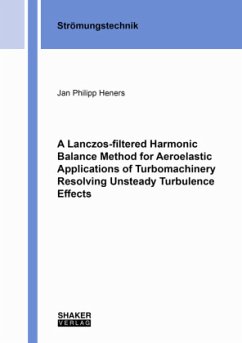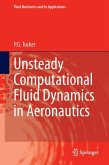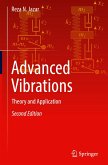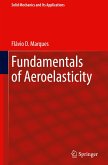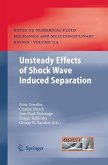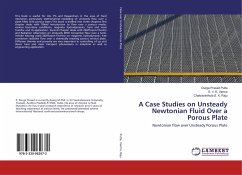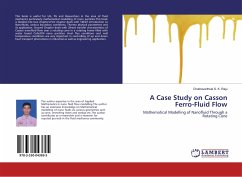This research thesis discusses the impact of unsteady turbulence effects on the numerical prediction of aerodynamic excitation mechanisms in turbomachinery flows. The limitations of existing solver structures based on a formulation in the frequency domain - the Harmonic Balance method, that is - promises to consider turbulence in an unsteady framework. Existing limitations to this are assessed and a solution approach to alleviate the identified sources of numerical instabilities is identified by the application of a Lanczos-type filter method.After proper implementation and validation, the Harmonic Balance method enhanced by the filtering is used to evaluate the impact of unsteady turbulence on design tasks of aeroelastic interest. These are given by the prediction of the aerodynamic excitation and the aerodynamic damping, respectively. The impact of unsteady turbulence is investigated and quantified for both subsonic and transonic flow conditions. The evaluation of its quality and quantity is used to assess numerical solution approaches differing in the degree of exploited model order reduction. The assessed methods suffer from an increasing loss of information though benefit from lower requirements with regard to computational effort and run time.
Bitte wählen Sie Ihr Anliegen aus.
Rechnungen
Retourenschein anfordern
Bestellstatus
Storno

